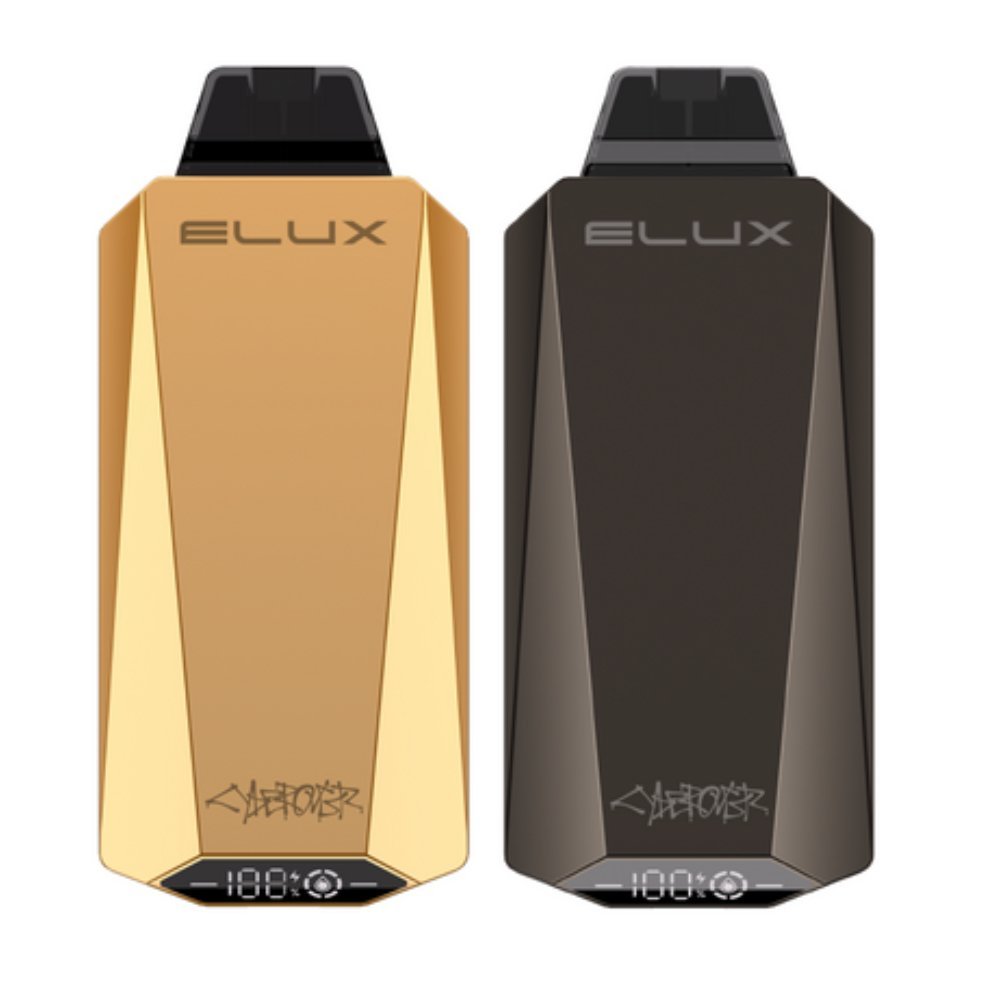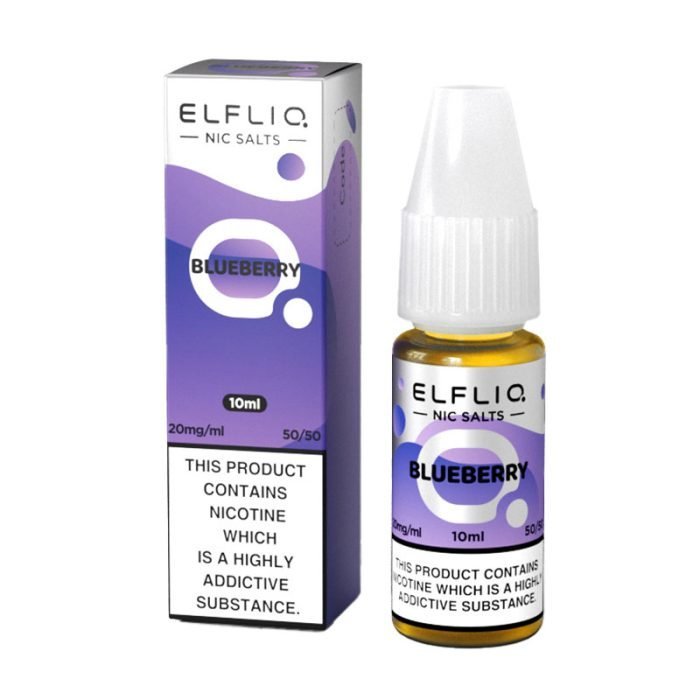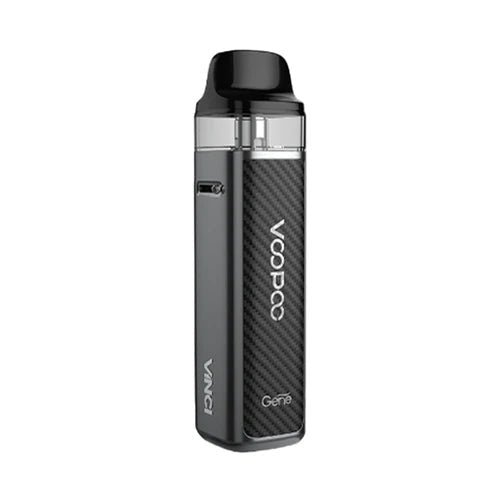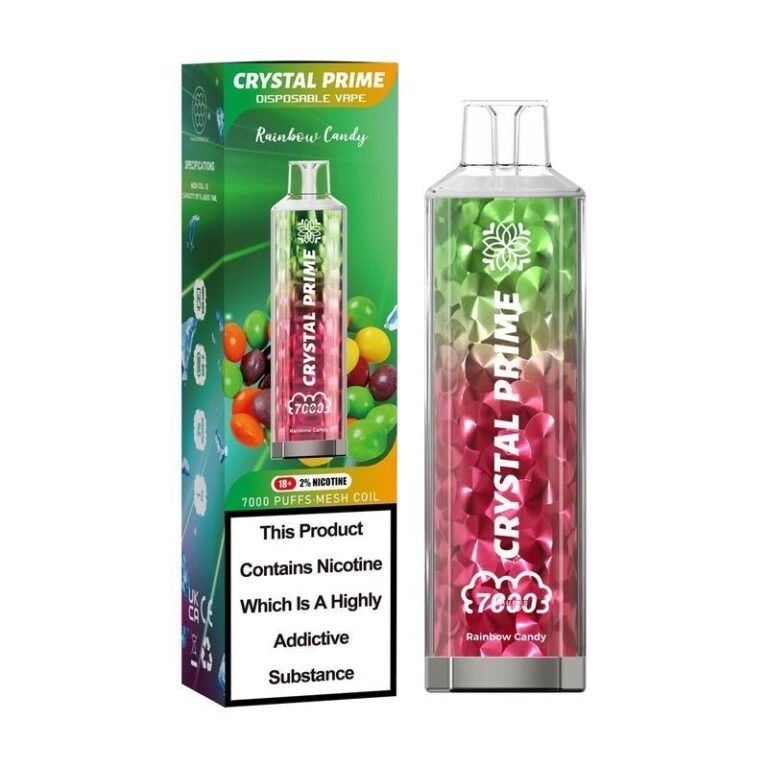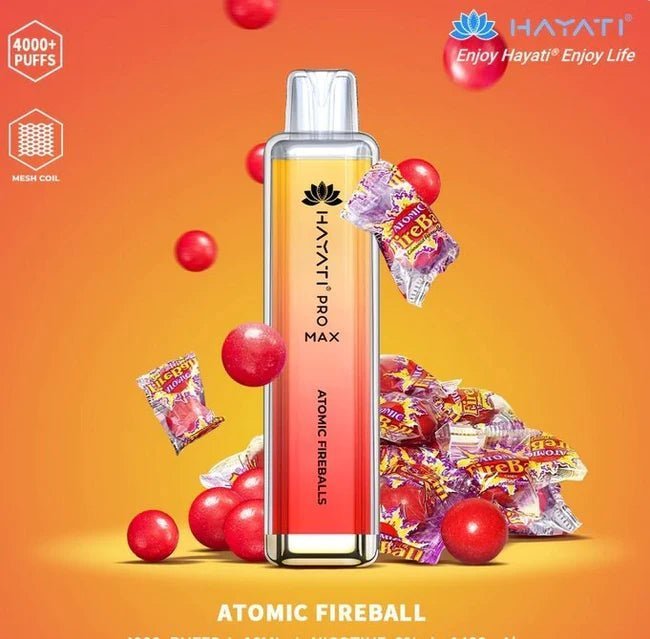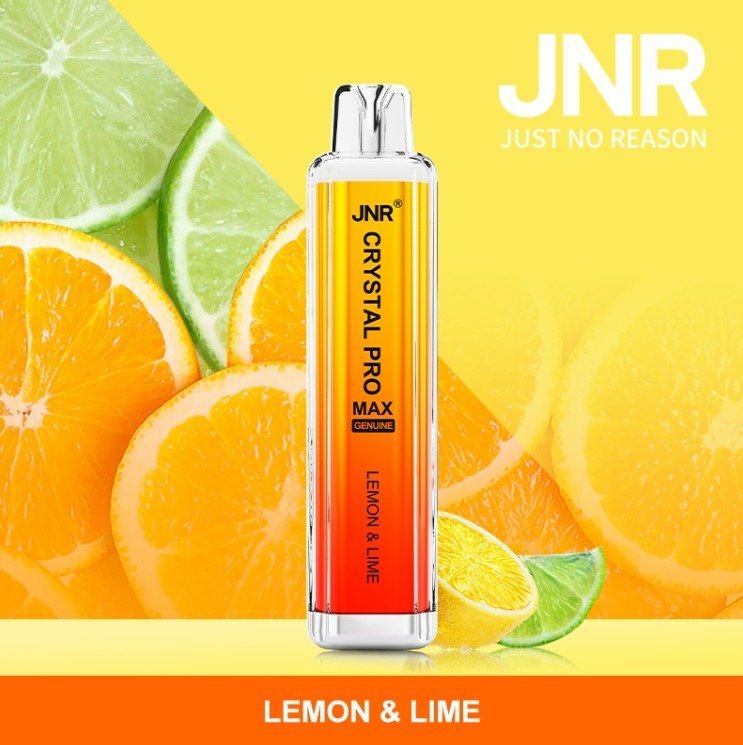10K Gold vs. 14K and 18K: What’s the Best Choice for You?
When shopping for gold jewelry, you’ll often come across different gold purity options, such as 10K, 14K, and 18K. The numbers refer to the percentage of gold in the jewelry, with 24K being the purest form of gold. While these options are all made from gold, they differ in composition, appearance, durability, and price. Understanding the distinctions can help you make an informed decision when selecting gold jewelry.
Thank you for reading this post, don't forget to subscribe!In this guide, we’ll break down the differences between 10K, 14K, and 18K gold, explore their pros and cons, and help you determine which type of gold is best suited for your style, budget, and lifestyle.
What Does 10K, 14K, and 18K Gold Mean?
The “K” in gold refers to karats, a unit of measurement used to express the purity of gold. The higher the karat number, the greater the proportion of gold in the piece. Here’s a quick overview:
- 10K Gold: 10 parts gold and 14 parts other metals (41.7% gold).
- 14K Gold: 14 parts gold and 10 parts other metals (58.3% gold).
- 18K Gold: 18 parts gold and 6 parts other metals (75% gold).
10K Gold: Durability and Affordability
10K gold is the least pure form of gold commonly used in jewelry. While it contains a relatively small percentage of gold (41.7%), it is highly durable and affordable. Here are the key aspects of 10K gold:
Pros:
- Affordability: 10K gold is the most budget-friendly option, making it an excellent choice for those looking for gold jewelry without breaking the bank.
- Durability: Due to its lower gold content, 10K gold is stronger and more resistant to scratches and wear, making it ideal for everyday pieces like rings and bracelets.
- Variety: 10K gold can be alloyed with various metals, giving it a variety of colors, including yellow, white, and rose gold.
Cons:
- Less Luster: The lower gold content means 10K gold may not have the same rich color or shine as higher-karat gold options.
- Potential for Allergies: The higher percentage of other metals in 10K gold, such as nickel, can cause allergic reactions in sensitive skin.
Best For:
- Budget-conscious buyers who want durable, affordable jewelry.
- Jewelry pieces that are worn daily, such as wedding bands or engagement rings.
14K Gold: A Balanced Option
14K gold strikes a balance between purity and durability, making it the most popular choice for gold jewelry in the U.S. It has 58.3% gold content, offering a nice combination of gold’s beauty and the strength of alloys.
Pros:
- Durability: 14K gold is strong enough to withstand daily wear while still maintaining its shine.
- Color: It retains a warm, rich gold hue that is more vibrant than 10K gold.
- Value: It offers a good balance of affordability and quality, making it a popular choice for engagement rings, necklaces, and bracelets.
Cons:
- Not as Pure as 18K Gold: While 14K gold offers a great compromise, it is still less pure than 18K gold, meaning it doesn’t have the same depth of color or luster.
- Allergies: While it has less nickel than 10K gold, some people with sensitive skin may still experience irritation.
Best For:
- Those who want a balance of affordability, durability, and aesthetic appeal.
- Engagement rings, wedding bands, and fine jewelry that will be worn regularly.
18K Gold: Luxury and Elegance
18K gold is the most premium option among the three, with 75% gold content. It is prized for its rich color and higher gold purity. However, it comes at a higher price.
Pros:
- Rich Appearance: 18K gold has a beautiful, deep color and a radiant luster that is preferred by many for fine jewelry.
- Higher Gold Content: With 75% gold, 18K gold offers the purity that many jewelry enthusiasts desire.
- Hypoallergenic: The higher gold content makes 18K gold less likely to cause allergic reactions compared to 10K and 14K gold.
Cons:
- Softness: Because 18K gold contains a higher percentage of gold, it is softer and more prone to scratches, dents, and bending compared to 10K and 14K gold.
- Price: It is significantly more expensive than 10K and 14K gold, which might make it less accessible for those on a tight budget.
Best For:
- People seeking luxury and elegance in their jewelry, such as engagement rings, necklaces, and fine watches.
- Those who want the highest purity and are willing to pay a premium for it.
10K Gold vs. 14K Gold vs. 18K Gold: A Quick Comparison
| Aspect | 10K Gold | 14K Gold | 18K Gold |
|---|---|---|---|
| Gold Content | 41.7% | 58.3% | 75% |
| Durability | Very durable, scratch-resistant | Durable, ideal for daily wear | Softer, prone to scratches |
| Price | Most affordable | Moderate | Expensive |
| Color | Lighter yellow, more muted | Rich, vibrant gold | Deep, luxurious gold |
| Allergenic Potential | Higher (due to alloys) | Moderate | Lower (less alloy content) |
| Best For | Budget-conscious, daily wear | Balanced option, daily wear | Luxury, special occasions |
Which Is the Best Choice for You?
Ultimately, the best choice between 10K, 14K, and 18K gold depends on your budget, lifestyle, and personal preferences.
- Choose 10K gold if you’re on a budget and need a durable, low-maintenance piece for everyday wear.
- Go for 14K gold if you want a great balance between price and quality. It’s the most popular choice for engagement rings and everyday jewelry.
- Opt for 18K gold if you prioritize the richness of color and the purity of the gold. It’s ideal for those who want a luxurious, hypoallergenic option and are willing to invest in a piece of fine jewelry.
Conclusion
Choosing between 10K, 14K, and 18K gold depends on what’s most important to you—whether it’s the cost, durability, or pure beauty of the gold. Each type offers its own set of advantages, making it important to consider your personal style and the specific needs of your jewelry. Whether you’re buying a ring, necklace, or bracelet, understanding the differences between these gold options will ensure that you make an informed decision that fits your budget and lifestyle.
